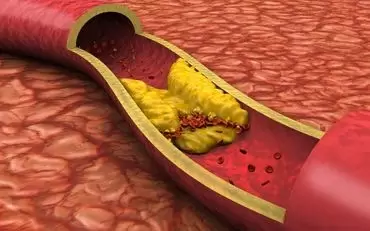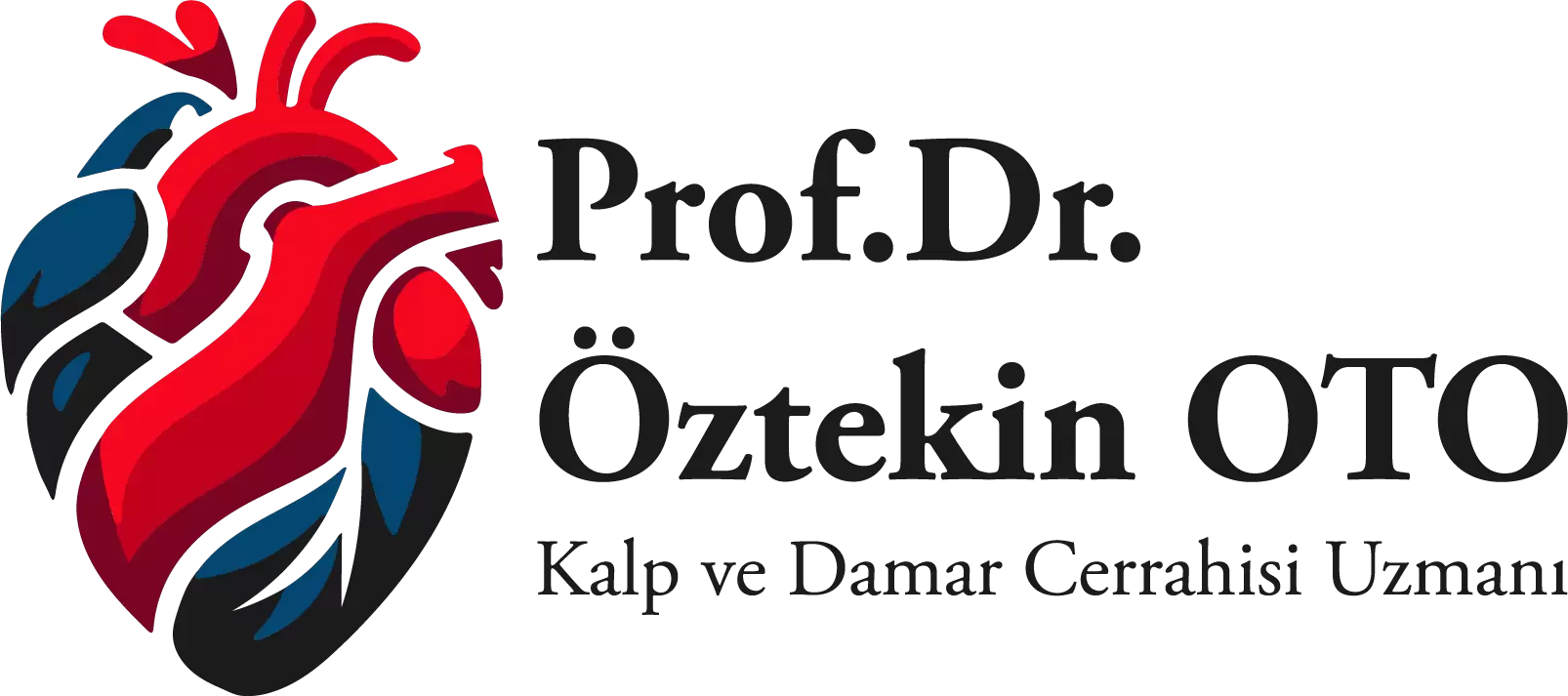29 Oca
Arterial Diseases
Arteries are the vessels originating from the heart. Arteries, which are carrying the clean blood, have a higher blood pressure than the veins. They are also rich in oxygen, minerals and vitamins. There are several types of arterial diseases and certain arterial diseases may slowly progress in the course of time without any signs or symptoms. Therefore, it is very important to have regular check-ups.
Most common arterial disease is atherosclerosis, in other words arterial stiffness. This problem starts after birth and gives signs and symptoms after the age 40 depending on the life style of the individuals. As the vessel walls are thickened, the vessels become narrower. Whereas, in advanced atherosclerosis, there occurs obstruction and consequently severe damage to the internal organs.
Aortic dissection is a condition in which layers of the vessel tear. In this case, the patient has the risk of death if not intervened immediately.
Another arterial disease is the aneurysm. Aneurysm, which is also defined as ballooning, generally occurs at the aorta. Most severe sign of the condition is rupture, in other words, bursting of the vessel. Bursting of the aorta as a result of aneurysm is life-threatening.
What are the symptoms of arterial diseases?
There are several different signs of arterial diseases. Generally there occurs pain at the site of problem upon fatigue or a long walk. Furthermore, any impairment or dysfunction of the relevant artery may also be both the symptom and the outcome of the arterial disease. The condition may develop some symptoms such as pain in the heart, chest pain, and shortness of breath but may also manifest itself in the form of kidney failure, claudication and stroke. In case of circulatory failure, there may develop open wounds besides the pain problem.
Diagnosis of Arterial Diseases
Cardiovascular health significantly affects the overall health of the individuals. That is the reason why individuals particularly at risk must adopt a life-style, which protects their cardiovascular health. In addition to this, having regular check-ups after that age 40 is very important for early diagnosis.
For the diagnosis of arterial diseases; complaints of the patient, family history and overall health status of the patient are firstly assessed. After that, colored Doppler ultrasound is applied to map the vessels. MR angiography and CT angiography procedures are also applied to analyze the structural anomalies, degree and location of the obstruction or narrowing of the arteries. Treatment for the diagnosed disease is planned on the basis of the overall health status, life-style and age of the patient. The conditions of emergence care in arterial diseases are the vessel traumas, which require immediate intervention generally in the first 6 hours.
Interventional Treatment of Arterial Diseases
Arterial diseases may be treated with medication or open surgery. However, today interventional treatment options are preferred due to successful outcomes and comfort to the patient.
Balloons, stents or catheters specially designed for use inside the vessels are applied as the interventional treatment methods. Interventional treatment must be performed by the surgeons, who are experienced in their field.
Related Articles

Hypertension
In most hypertensive patients, two or more drugs must be used to control blood pressure. Monotherapy..
Read More
Vascular Occlusion
Incidence of certain diseases has increased among the advanced age population due to the development..
Read More
Nutrition and Heart
Today, heart diseases are among the most common causes of death in our country as well as all over t..
Read More




